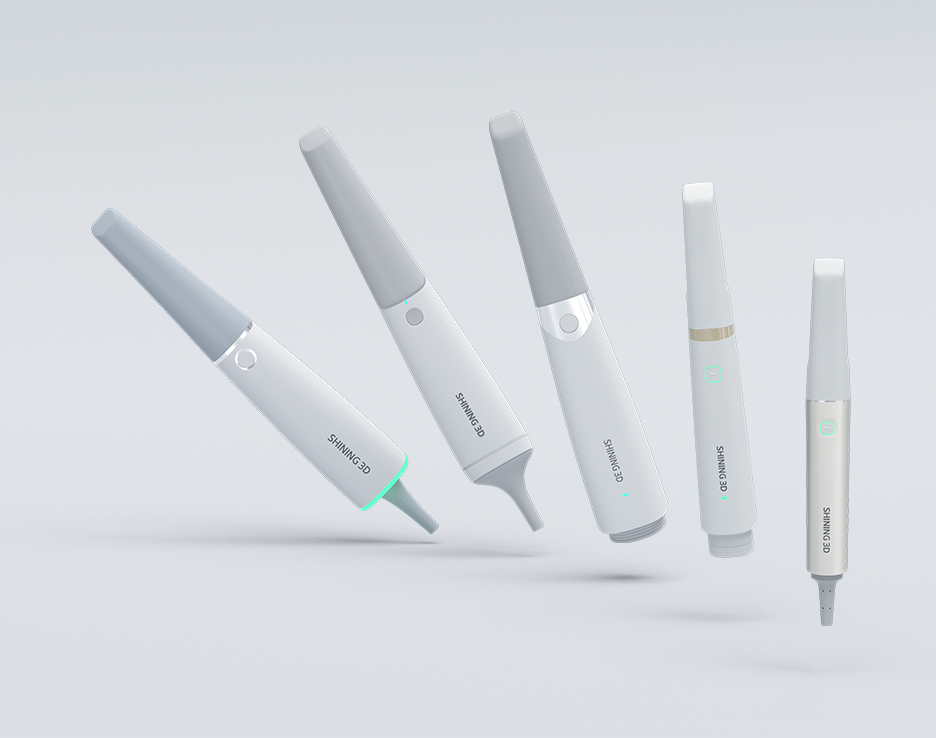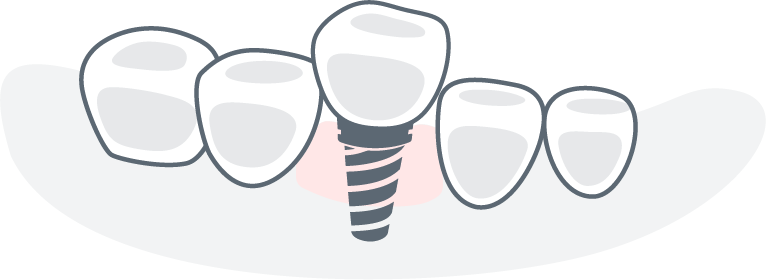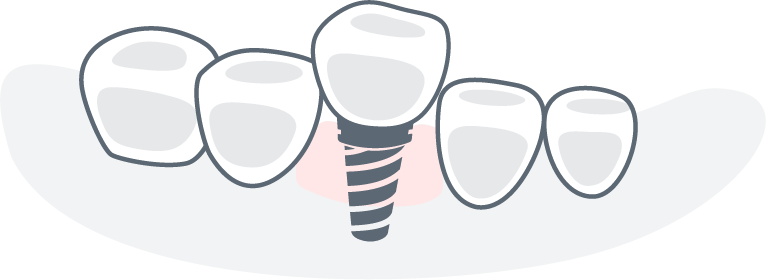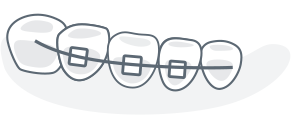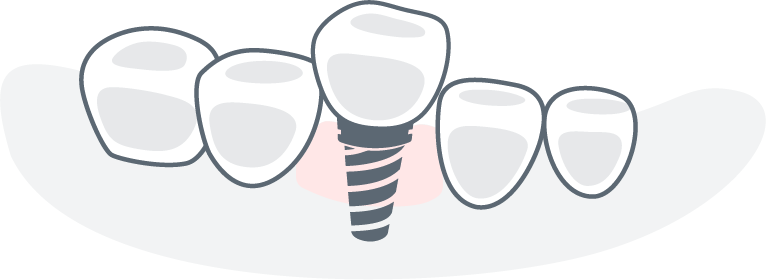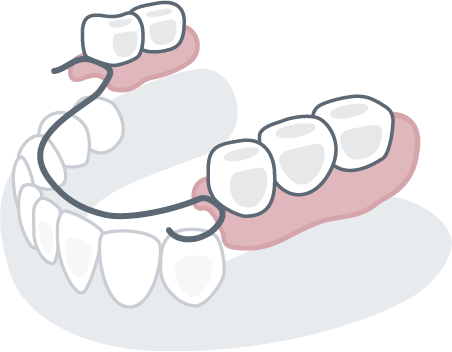Table of Contents
Why do you need
Intraoral Scanner in your Practice
An intraoral scanner is a handheld device that captures digital impressions of the oral cavity and displays a 3D model in real-time.
At SHINING 3D Dental, intraoral scanners are a core component of our comprehensive digital dental solution.
By integrating our intraoral 3D scanners with SHINING 3D Dental’s broader ecosystem of dental hardware and software, clinicians gain a seamless, end-to-end solution that supports high-quality, consistent results across all dental applications.

Why Choose SHINING 3D DENTAL Intraoral Scanner
-

Aoralscan Elite Wireless
Aoralscan Elite Wireless
- Wi-Fi 6 Wireless Connection
- Intraoral photogrammetry
- Two-in-one System
- High Precision
- High Efficiency
-

Aoralscan Elite
Aoralscan Elite
- IPG Intraoral photogrammetry
- Two-in-one System
- High Precision
- High Efficiency
-

Aoralscan 3 Wireless
Aoralscan 3 Wireless
- Go Wireless
- Fast and Stable
- Long-lasting Battery Life
- Next-level Software Functions
-

Aoralscan 3
Aoralscan 3
- Brand New Design
- Fast Speed
- High Accuracy
- Powerful AI Process
- Intuitive Communication
-

Aoralscan L
Aoralscan L
- Ergonomics design with easy handling
- Fast scan speed
- Excellent scan accuracy
- Motion sensing for easy control
Intraoral Scanner

Aoralscan Elite Wireless |

Aoralscan Elite |

Aoralscan 3 Wireless |

Aoralscan 3 |

Aoralscan L |
||
|---|---|---|---|---|---|---|
|
Hardware
|
Weight | 194g (with battery) | 124g (without cable) | 330±20g (includes battery, tip) | 240±10g (without cables) | 239±20g (without cables) |
| Dimension (L × W × H) | 247 mm x 38 mm x 37 mm (including battery) |
245 mm x 30 mm x 26 mm | 270 mm x 50 mm x 40 mm (includes battery) |
281 mm × 33 mm × 46 mm | 290 × 33 × 47 mm | |
| Calibration | ||||||
| Wired or Wireless | Wireless | Wired | Wireless | Wired | Wired | |
| Motion Sense | ||||||
| 3Scan principle3 | Photogrammetry + structured light |
Photogrammetry + structured light |
structured light | structured light | structured light | |
| MAC compatible | No, will be available around Q3 2025Yr | |||||
| Scan Depth | 22mm | 22mm | 22mm | 22mm | 22mm | |
|
Scanner tip
|
Quantity | 6 | 6 | 5 | 5 | 5 |
| Autoclavable | 100 | 100 | 100 | 100 | 100 | |
| Scan field | IPG scanner tip: 19mm × 14mm Standard scanner tip: 16 mm × 12 mm Mini scanner tip: 12 mm × 9 mm |
IPG scanner tip: 19mm × 14mm Standard scanner tip: 16 mm × 12 mm Mini scanner tip: 12 mm × 9 mm |
Standard scanner tip: 16mm * 12mm Mini scanner tip: 12mm * 9mm |
Standard scanner tip: 16 mm × 12 mm × 22 mm Mini scanner tip: 12 mm × 9 mm × 22 mm |
Standard tip: 16 × 12 × 22 mm Small tip: 12 × 9 × 22 mm |
|
| Connection | Connection Ports | Type-C | Type-C | More than 2 type-A USB 3.0 (or higher) ports | More than 2 Type-A USB 3.0 (or higher) ports | More than 2 type-A USB 3.0 (or higher) ports |
| IPG technology | IPG for all-on-X implant | |||||
|
Basic pre-design
functions |
Margin line recognize | |||||
| Undercut detection | ||||||
| Sectional mode | ||||||
| Refined Scan | ||||||
| Scanbody match | ||||||
| Occluson analysis | ||||||
| Export to open mesh format | ||||||
|
Basic pre-design
functions |
Extra match scan | |||||
| Impression scan | ||||||
| Additional scan | ||||||
| Multiple jaw relationship scan | ||||||
| Dynamic bite scan | ||||||
| Removable Denture Scan Workflow | ||||||
|
Funtional model
|
Model Creator (Accudesgin) | |||||
| Crown Design (CreTemp) | ||||||
| Splint Design (CreSplint) | ||||||
| IBT Design (CreIBT) | ||||||
| Data measurement (MetronTrack) | ||||||
| Data compare (MetronTrack) | ||||||
| Ortho Simulation (ConsulOS) | ||||||
| Oral Report Report with AI |
 ENG
ENG









